The shorebirds’ favourite rest stop
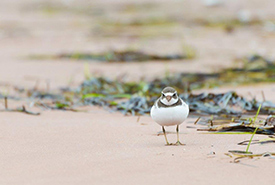
Piping plover (Photo by Sean Landsman)
Over the last 20 years, several conservation organizations, including the Nature Conservancy of Canada (NCC), have supported the operation of the Chaplin Nature Centre, located just outside of the town of Chaplin in southern...
Connecting with shorebirds at a unique Conservation Volunteers event
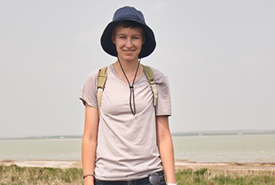
Naomi Derksen (Photo by Bill Armstrong)
While attending the Nature Conservancy of Canada’s (NCC’s) shorebird tour Conservation Volunteers (CV) event in June, I met first-time CV Naomi Derksen. Naomi found her way to the event through a roundabout internet route. She was...
Meadows for Monarchs
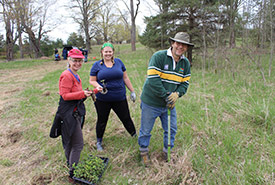
Meadows for Monarchs event participants (Photo by NCC)
If you thought you saw more monarchs flitting about last summer and fall, you were right. Monarch Watch reported that 2018 was a good year for the iconic orange and black butterfly, thanks to a combination of aggressive conservation efforts in...
Connecting the rivers for our future
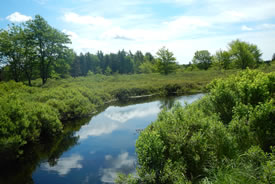
Stehelin property, NS (Photo by NCC)
After three years of data collection covering 600,000 kilometres of rivers and streams, and collaboration between two countries and four provinces, Josh Noseworthy, director of conservation science at the Nature Conservancy of Canada’s (NCC)...
Nature knows no borders: Why Canada–United States conservation matters
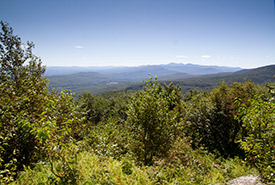
Green Mountains, QC (Photo by NCC)
Have you ever crossed the Canada–U.S. border by land? If so, you’ve probably noticed that the transition from one country to the other is almost seamless, not counting the mandatory stop at the customs office. I have vivid memories of...
Saving the bees: Plants to help our buzzing buddies
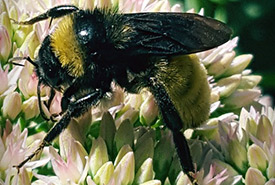
American bumble bee (Photo by K.S. Gardener/iNaturalist)
Humans have a very delicate relationship with bees. Despite their importance, many of us fail to understand just how much bees impact our daily lives — and how much we’re putting them at risk. Canada has over 850 native bee species,...
Our bird populations need your help
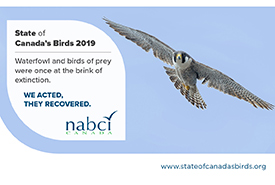
Peregrine falcon (Photo by Jacques Bouvier)
As summer emerges, Canadians are enjoying nicer weather and the sights and sounds that nature brings us. But bird songs, once a familiar sound, are become increasingly faint whether at the local park or in our own backyard. The 2019...
Common ground conservation
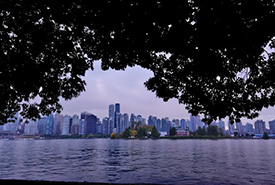
Downtown Vancouver (Photo by Adam Hunter/NCC staff)
We’re currently running one of the world’s biggest experiments. You’re part of it, and I’m part of it. For the first time in the history of modern humans, we’ve attempted to detach ourselves, and our children, from...
What do we save? How science and planning are evolving to help make critical conservation decisions
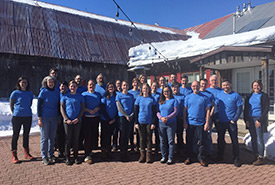
Participants of the Open Standards workshop led by the Conservation Coaches Network (Photo by NCC)
In a world that is rapidly losing wildlife and habitats, conservation has become a science of decision-making. We know there are many places and species in Canada that will not survive unless we take action to protect and restore them. Deciding...
The story behind the carapace platform
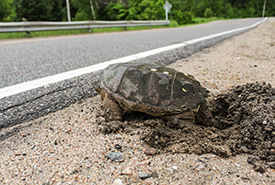
Snapping turtle crossing the road (Photo by Olivier Cameron-Trudel)
On World Turtle Day (May 23), I will kick off a third season of carapace.ca. Since its launch across Quebec in 2017, the popularity of this online tool, which allows citizens to report the presence of turtles on roads, has been growing. Every...

